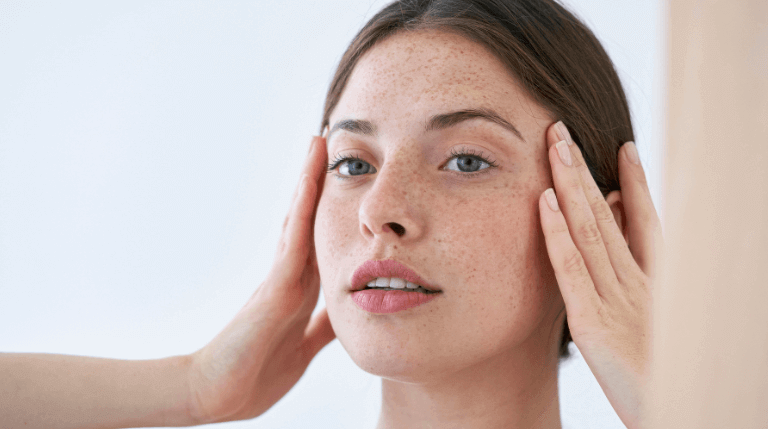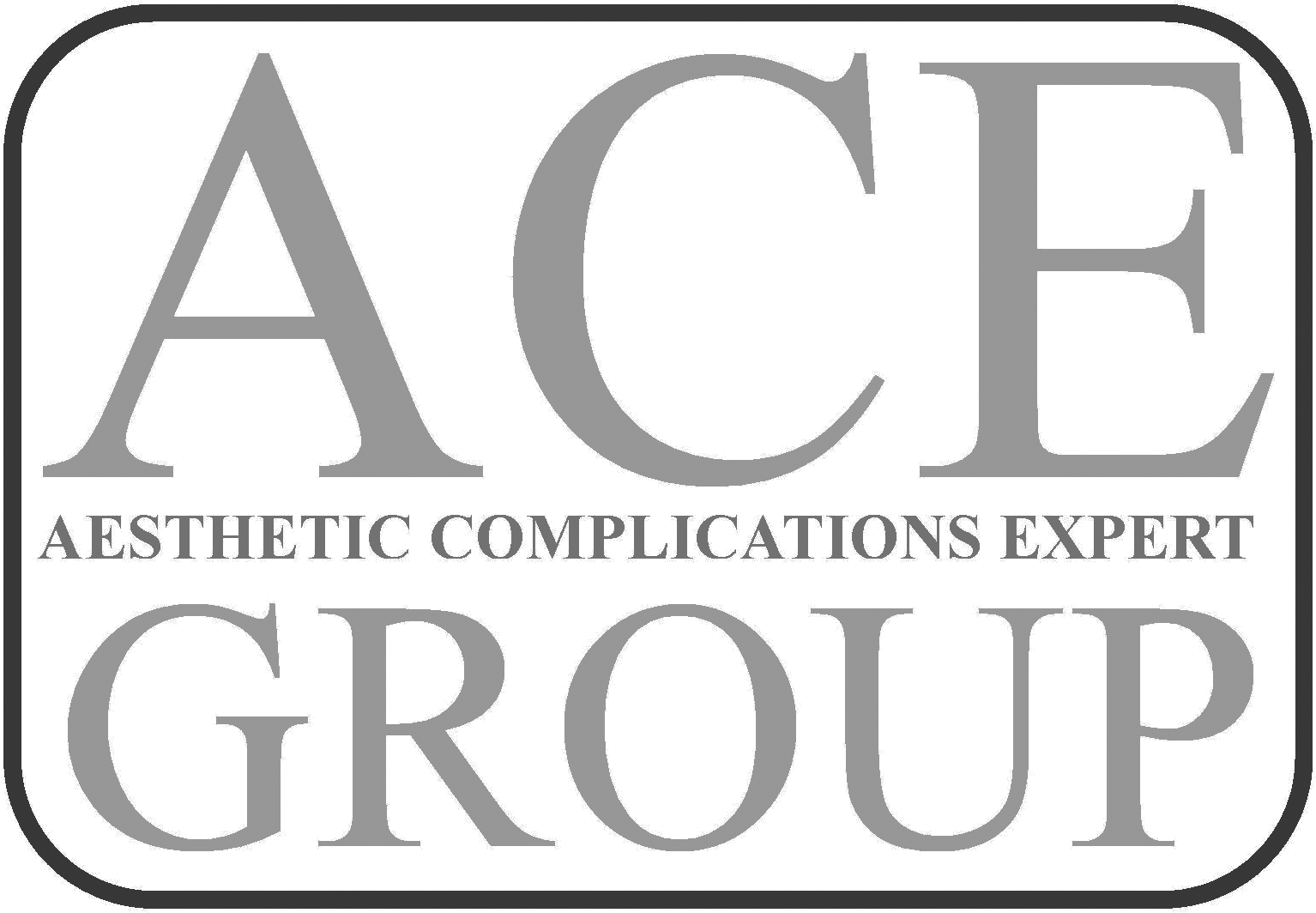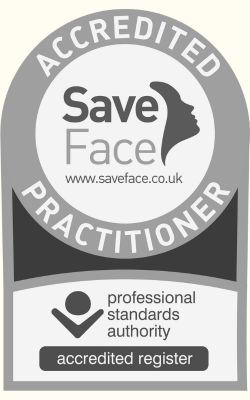Botox has become a popular treatment in the field of aesthetics, with people seeking its benefits to enhance their appearance. But have you ever wondered what Botox is made from? Today let’s explore how it works, its ingredients and composition, the benefits and potential side effects, as well as some of its common uses in aesthetics. So, let’s dive in and uncover the secrets of this widely used cosmetic treatment.
How does Botox work?
Botox works by blocking nerve signals in the muscles where it is injected. The key ingredient, botulinum toxin, interferes with the release of a neurotransmitter called acetylcholine, which is responsible for muscle contractions. By preventing the release of acetylcholine, it effectively relaxes the muscles and reduces their activity.
When it is injected into specific facial muscles, it can smooth out wrinkles and fine lines, giving the face a more youthful appearance. The effects usually become noticeable within a few days and can last for several months. It is important to note that Botox is a temporary solution and requires regular treatments to maintain the desired results.
Botox ingredients and composition
The primary ingredient is botulinum toxin type A, a neurotoxin produced by the bacterium Clostridium botulinum. To ensure its safe use, Botox is manufactured in a controlled laboratory environment. The botulinum toxin is purified and diluted to create a therapeutic solution suitable for cosmetic treatments.
In addition to the botulinum toxin, it also contains a few other ingredients. These include human albumin, which helps stabilise the neurotoxin, and sodium chloride, which maintains the osmotic balance of the solution. The exact composition may vary slightly between different brands, but the main active ingredient remains the same.
Benefits and potential side effects
Botox offers several benefits when used in aesthetics. One of the primary benefits is its ability to reduce the appearance of wrinkles and fine lines, particularly in areas such as the forehead, crow’s feet, and frown lines. Botox can also be used to lift the eyebrows, soften the jawline, and even treat excessive sweating in certain areas of the body.
However, like any medical treatment, it does come with potential side effects. The most common side effects include temporary redness, swelling, or bruising at the injection site. Some people may also experience mild headaches or flu-like symptoms, which usually resolve within a few days. Serious complications are rare but can occur if Botox is administered improperly.
Common uses of Botox in aesthetics
Botox has a wide range of applications in the field of aesthetics. Apart from reducing wrinkles and fine lines, it can also be used to treat medical conditions such as chronic migraines, muscle spasms, and even overactive bladder. Botox has also gained popularity for its ability to reshape the face by slimming the jawline or lifting the nose tip.
In addition, it can be used to improve the appearance of the neck by reducing the prominence of neck bands or wrinkles. It can also be used to enhance the lips by providing a subtle plumping effect. Botox has truly revolutionised the field of aesthetics, offering a non-surgical option for those seeking to enhance their natural beauty.
In conclusion, Botox is made from botulinum toxin type A, which is derived from the Clostridium botulinum bacterium. It works by temporarily paralysing the muscles where it is injected, resulting in a smoother and more youthful appearance. Botox has a long history and has proven to be a safe and effective treatment in aesthetics.
If you are considering Botox, it is important to consult with a qualified professional, such as Dr. Saba Raja, who can guide you through your aesthetic journey. Visit Dr Saba Raja’s The Home of Aesthetics in Norwich or book a consultation today and take the first step towards achieving your desired look!









